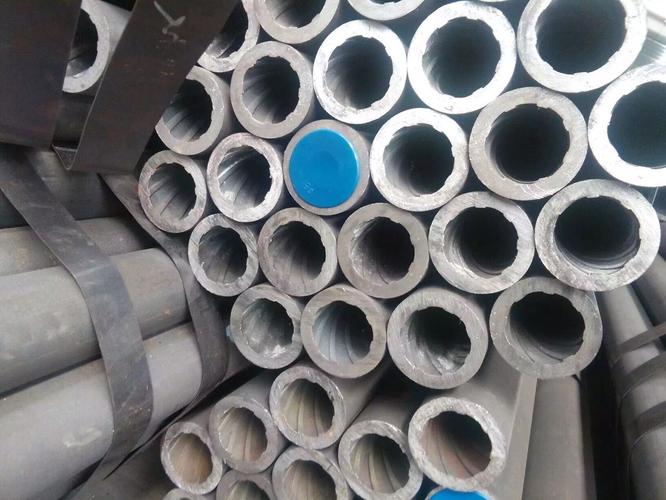What is inner-ribbed tube?
What is inner-ribbed tube?
An inner-ribbed tube, also known as a ribbed inner tube or internally ribbed tube, is a type of tubing with internal ridges or ribs. These ribs run along the inner surface of the tube, creating a series of raised structures or grooves.
The inner-ribbed applications:
1. Heat Exchangers: Inner-ribbed tubes are commonly used in heat exchangers, which transfer heat between two fluids without allowing them to mix. The internal ribs increase the surface area of the tube, enhancing heat transfer efficiency by promoting turbulent flow and reducing the formation of a boundary layer. This results in improved heat exchange between the fluids.
2. Condensers: In condenser applications, inner-ribbed tubes facilitate the condensation process by providing additional surface area for the vapor to condense into a liquid. This is especially useful in systems where heat dissipation or cooling is critical.
3. Water Wall Tubes in Boilers: Water wall tubes are a crucial component in steam-generating boilers, especially in power plants. These tubes are exposed to intense heat and high-temperature flue gases. By using inner-ribbed tubes as water wall tubes, the thermal efficiency is enhanced due to the increased surface area provided by the ribs. The ribs also promote turbulent flow within the tube, ensuring better heat transfer between the hot gases and the water flowing inside the tubes. This results in improved energy efficiency and higher steam generation.
Inner-ribbed tubes are commonly made from materials like carbon steel, stainless steel suitable for specific applications. The dimensions and geometry of the ribs can vary depending on the intended use and the desired heat transfer performance.
Inner-ribbed tube benefits
1. Enhanced Heat Transfer: The ribs inside the tube promote turbulence and disrupt the flow of fluids passing through the tube. This enhanced mixing increases heat transfer rates and is advantageous in applications where efficient heat transfer is essential.
2. Improved Strength: The internal ribs also provide structural support to the tube, increasing its resistance to pressure and mechanical stress. This can be particularly useful in applications where the tube may experience high internal pressures.
3. Anti-fouling Properties: The presence of internal ribs can help prevent fouling, the accumulation of deposits or contaminants on the inner tube surface, which can reduce heat transfer efficiency over time.
4. Energy Saving: The enhanced thermal efficiency achieved with inner-ribbed tubes leads to reduced energy consumption in various heat exchange processes. In industries where heat recovery is essential, using these tubes can lead to substantial energy savings.
5. Overheating Protection: The presence of internal ribs helps in disrupting the fluid flow and increasing turbulence within the tube. This prevents the formation of stagnant zones and boundary layers, reducing the likelihood of localized overheating and damage to the tube material.
6. High Thermal Conductivity: The inner-ribbed tubes are designed to have an extremely high thermal conductivity property. This ensures that heat is transferred efficiently from one medium to another, making them well-suited for applications where rapid heat transfer is required.
7. Improved Safety: Due to their ability to dissipate heat effectively, inner-ribbed tubes offer higher safety against overheating damage. In critical systems where equipment failure or damage can have severe consequences, using these tubes can help maintain safe operating conditions.
8. Potential Applications: Apart from their traditional use as water wall tubes in boilers, inner-ribbed tubes may find broader applications in various heat exchangers, condensers, and other thermal systems where heat transfer efficiency and safety are paramount.
Its important to note that the design and implementation of inner-ribbed tubes must be done carefully, considering factors such as the type of fluid, operating conditions, and the specific application requirements. Proper engineering and material selection are essential to maximize the benefits of using inner-ribbed tubes in different heat transfer systems.


